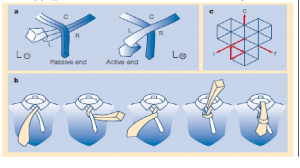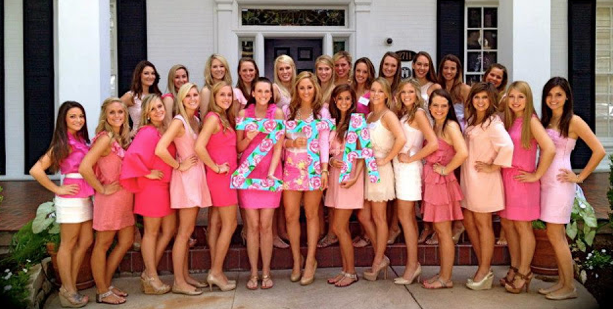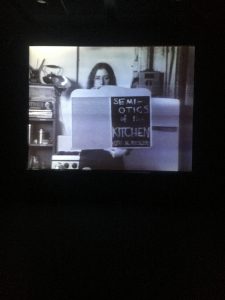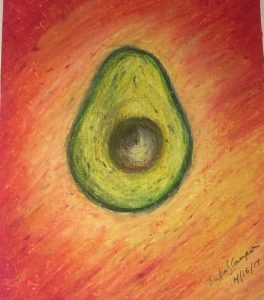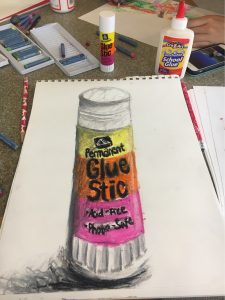I don’t know a lot about Schizophrenia and what it can do to a person, or how realistically the representation of John Nash’s condition was portrayed in A Beautiful Mind. However, I have heard that estimates as high as twenty-percent of root causes for homelessness are being attributed to Schizophrenia. In light of this, it is truly admirable how Nash was able to control his hallucination and maintain such a functional social life, not to mention the achievements of his breakthroughs in academia. Because of this, I disagree with the introduction given about how Schizophrenia trapped Nash within his own mind. I think rather than trapping him, his condition allowed his imagination to run free to harmful depths, because I do believe there is an opposite extremity to oppression. By liberating his mind and appealing to his creativity for inspirational breakthroughs, Nash escaped the real of practical reality to that of his obsession with military operations in Russia.
It is amazing what a person can accomplish with enough mettle and motivation. John Nash should serve as an inspiration to any average joe facing a difficult time. However, it concerns me that this movie might inspire people with severe psychological disorder to refuse medical treatment, or that a loved one might influence someone in need towards such a decision. While John Nash’s accomplishments are notable, I don’t believe that every person facing this struggle has the necessary means to overcome this disorder without medical attention.
Whenever I think of an underlying theme to this movie, I keep coming back to perseverance through all challenges and the achievements that are attainable to any individual with enough effort and persistence. The movie really inspires me to devote myself to my passions the way that John Nash was able to devote himself to studies in mathematics.

